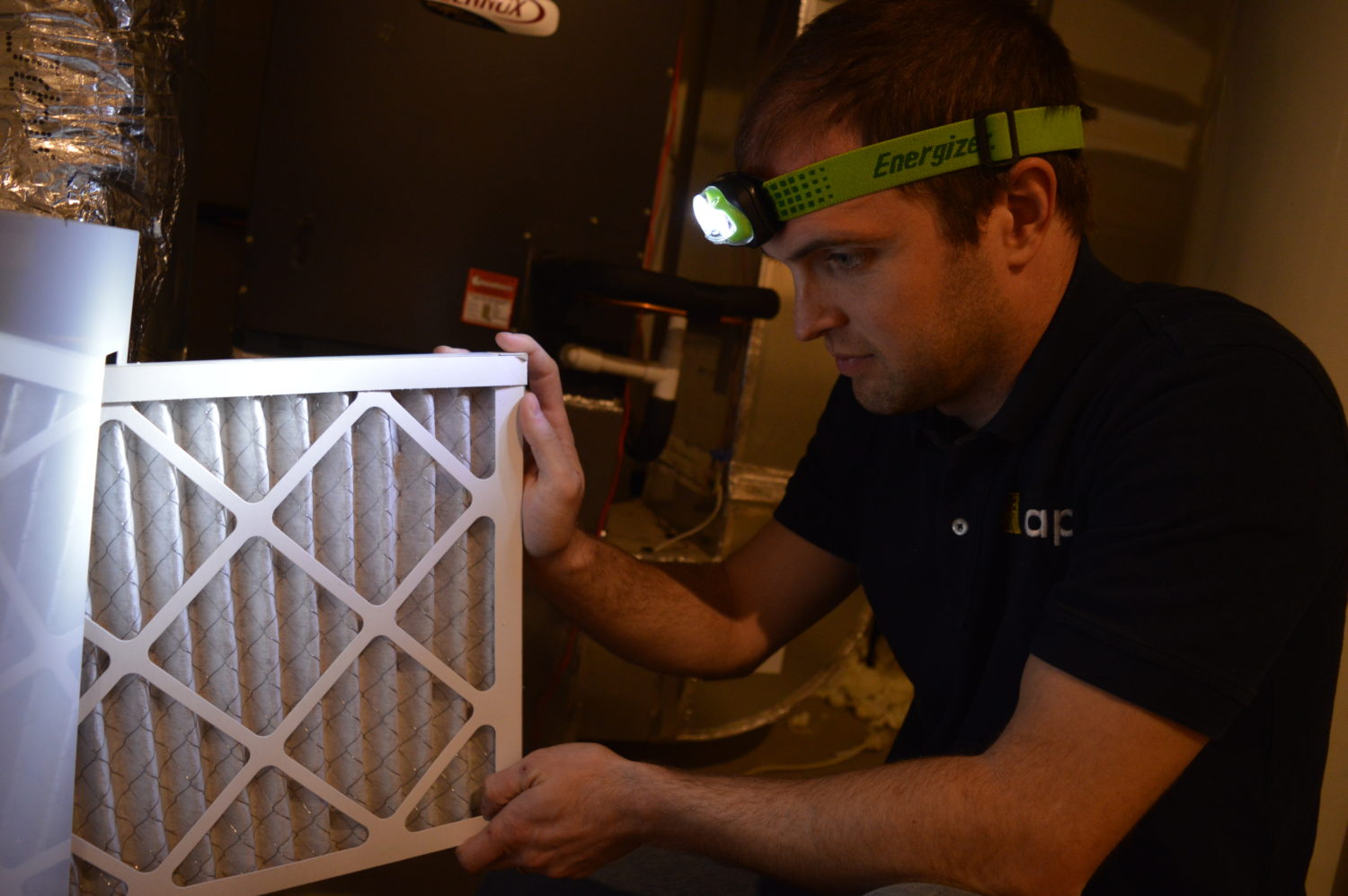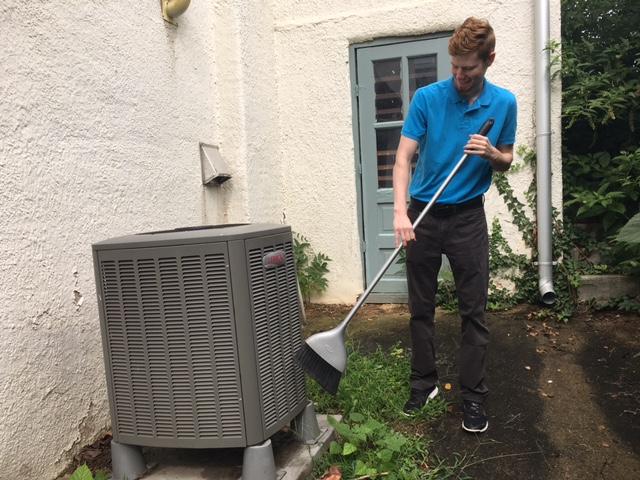When the temperature outside starts to surge, keep in mind some of these energy-efficient tips for keeping your home cool.
Minimize Your Home’s Energy Loss
- Close and lock windows. Repair any gaps to windows and replace worn weather stripping.
- Before you leave home for the day, close the blinds and curtains, especially on south and west facing windows. Consider purchasing a white thermal curtain liner to add to your draperies to reflect heat.
- Repair any gaps around doors.
- Check that your attic door is insulated and weatherstripped to reduce energy loss.
- Make sure your fireplace damper is closed to reduce air leaks.
- Will closing doors or closing vents to unused rooms help save energy? Unfortunately not. Avoid closing doors or vents when running the air even if the room is not used. Let air circulate freely throughout the house. Closing off rooms can cause air pressure issues which could adversely affect the efficiency of your central HVAC system.
Minimize Generating Heat During Day
- Use heat-generating appliances like your oven and dryer during cooler parts of the day. Consider alternatives like a clothesline for drying clothes and grilling outdoors to cook your meals.
- Unplug other heat generating electronics like the TV, and gaming systems when not in use. Consider getting a smart powerstrip to plug your TV and accessory systems into so when your TV is turned off, the other connecting devices shut down automatically.
- Use light bulbs that generate less heat and that use less electricity. We recommend LED bulbs over CFLs. LEDs are more efficient, last longer, and put out better quality light than CFLs.
Use Ceiling Fans and Ventilation Systems
- Fans can make you feel up to 4 degrees cooler so you can raise the temperature on your thermostat accordingly. Know that fans cool people not rooms, so you only need to turn the fan on when you are in the room.
- Use ventilation fans when cooking and showering to let out hot and humid air. Let the fan run for 15 minutes after taking a shower to make sure that the heat and moisture escape.
- Should you set your HVAC fan to ON or AUTO? There are advantages and disadvantages to each setting. However, we recommend using the AUTO setting as a default and only using ON if you have a reason.

Setting the fan to AUTO is more energy-efficient than setting it to ON.
- The AUTO setting means that the fan will run automatically when the AC is on and it will shut off automatically when the AC is off. The advantage of the AUTO setting is that it’s more energy efficient than the ON setting, and it only circulates conditioned air. The disadvantage is that you don’t get a continuous circulation of filtered air.
- The ON setting means that the fan will run all of the time regardless of whether the AC is running or not. The advantage is that filtered air will continuously circulate throughout the house, and it can aid in evening out large temperature differences throughout the house. The drawback is that it uses more electricity (up to $40+ per month) and can exacerbate humidity issues if you have ductwork running through crawlspaces and attics.
Program Your Thermostat
- When you are gone from home, set your thermostat to a temperature that is as high as possible while still keeping humidity levels down.
- If you have a programmable thermostat, program it separately for day and night to fit your needs.
- Could I just turn off the AC when I leave the house? It depends on your home’s specific tightness and humidity loads. Newer and tighter homes might stay cool for long periods of time. But for the average home in Virginia, we recommend setting your thermostat so that it still runs intermittently throughout the day in order to manage ambient humidity. Elevated humidity levels can cause mold, mildew, and other indoor air quality issues, so you will want to minimize it. Test for yourself to see what the optimal temperature setting is to keep moisture levels down, but aim for under 60% relative humidity.
Change Filters to Increase HVAC Efficiency

Pleated filters have more surface area than flat filters but can restrict airflow
- Maximize airflow efficiency and air quality by changing your air filters every 3 months or sooner during heavy summer use.
- If you’re not sure if a filter needs changing, hold the air filter up to the light. You should be able to see light through it. If you can’t, it’s too dusty and needs to be changed.
- Pleated filters have more surface area to capture dust particles than flat filters, but these filters are more expensive than flat filters and may create too much air resistance. If you notice problems with airflow, switch to the cheapest filters and change them more often.
Take Care of Your HVAC Unit
- Have your HVAC system checked by a certified professional at least once a year but ideally twice a year – once in the spring and once in the fall.

Sweep away debris
- Take a look at your outdoor HVAC unit and make sure it’s free from grass clippings, leaves, and other debris so it runs efficiently. Sweep or hose it off when it gets dirty, but be careful not to damage the metal fins.
- Trees and shrubs can help shade HVAC units and increase efficiency but make sure that they don’t block airflow around the unit. A 2’ clearance on all sides is a good rule of thumb.
- Check that your HVAC is running quietly. If it sounds clanky, it may not be running efficiently. Have it checked by a certified HVAC professional.
If you suspect your home is losing energy or you have problems cooling your home, consider getting an energy audit by a certified and licensed Residential Building Analyst who can help locate insulation issues and air leaks in your home.
This article first appeared in the Daily Progress.
